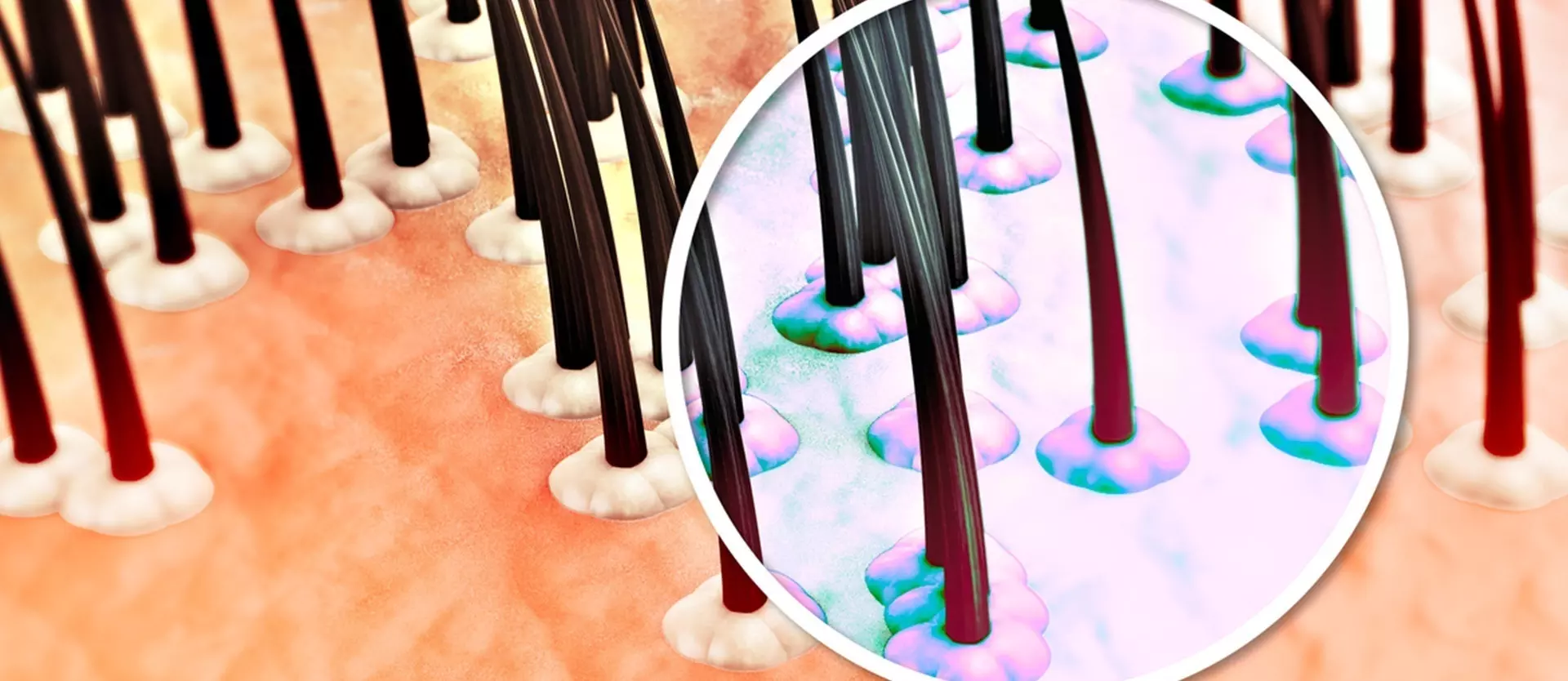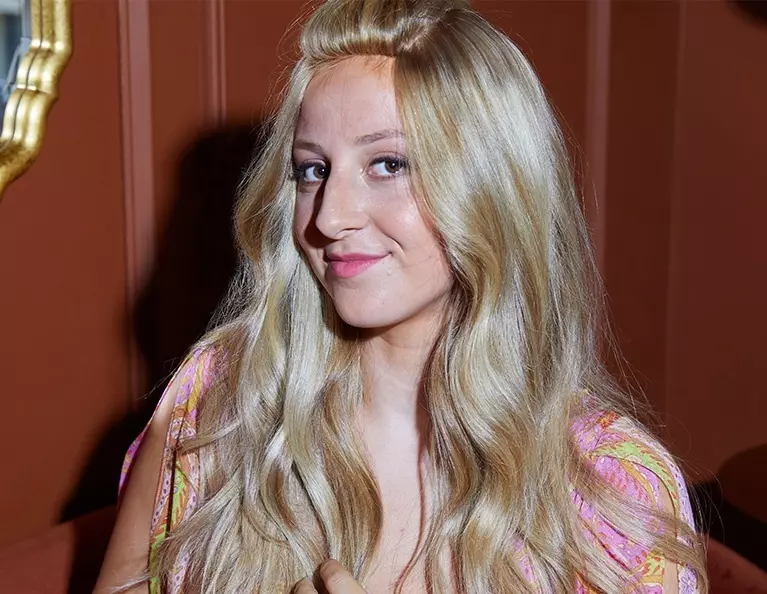There are many hair conditions and issues people can experience, some developing as people go through life. Yet loose anagen syndrome, commonly referred to as LAS, is most often seen in children. In this article, we’ll look more closely at the condition and how to identify it, along with considering who is most likely to present with it.
Loose anagen syndrome is identified when the hairs in the scalp are loose. When the hair grows normally, pulling it out would cause pain, understandably so. Yet with LAS, the affected individual can pull out hairs and feel no pain. It means the hair can more easily come away from the head as well. This is often seen after a night’s sleep when the hairs come away on the pillow. The hair can appear thin in one or more patches, often matching the person’s sleep positions. It can also knot more easily, creating the ‘bed head’ appearance commonly associated with this hair condition.
What Age Group Usually Presents With the Condition?
The condition is most often seen in children rather than adults, although it has been noted in some who have reached adulthood. It is more common in children, with most cases seen in blonde girls, although other children may also have the condition.
It is estimated that around 10% of children living with some forms of alopecia are confirmed to have loose anagen syndrome.
Are There Different Types of LAS?
Yes, experts have identified three types that can present themselves. Type A, LAS presents itself with short thin hair, as there is far less hair on the head and it doesn’t grow beyond a certain length.
Type B, LAS presents curly hair. It can be longer than Type A but will be patchy and hard to manage. It may look as if the individual hasn’t brushed or treated their hair, even if they’ve attempted to do so.
Type C, LAS is seen in adults, and has a normal appearance. It is of normal thickness and isn’t patchy, but there is a lot of hair shedding, so the individual will notice this on their pillow and in their brush or comb.
Is the Hair Loss Permanent?
Since the first two types of LAS occur in children, it can be a worrying time for parents as they wonder whether their child’s hair will ever properly grow. In some cases, there is a familial link to others who have experienced the same condition, although this is not always the case. Research continues into the likely cause of the condition, although it appears that it may occur because the inner hair root sheath isn’t strong enough to properly anchor the hair to the scalp.
The good news is that loose anagen syndrome will resolve itself as the child gets older. This often occurs before they reach their teenage years. There are no confirmed treatments proven to work in resolving the condition, other than waiting and observing the condition of the hair to see what happens. In most cases, children will grow out of the condition, so there is no need to find long-term hair loss solutions.
How Can You Manage Loose Anagen Syndrome?
It’s worth getting professional advice from your stylist if you’re worried about trying to style your child’s hair if they have Loose Anagen Syndrome. Some have found that bristle brushes work better than any others to minimize hair loss, but experimentation is a good idea. If your child likes to tie their hair back, look for softer scrunchies that are thick, rather than the smaller thinner bands, as they’re easier on the hair. Tying it back for school also helps to keep most of the hair back out of the way, making it less likely it’ll get caught up in anything.
Biotin is the best supplement for hair growth, and there are child-friendly versions out there, so this might be worth considering as well. However, a hair professional should be able to provide more tips on how to manage loose anagen syndrome before your child hopefully grows out of it. And if you are the one dealing with adult LAS, you’ll be able to benefit from that same advice too.
For more information contact the team at Unique Hair Concepts.






